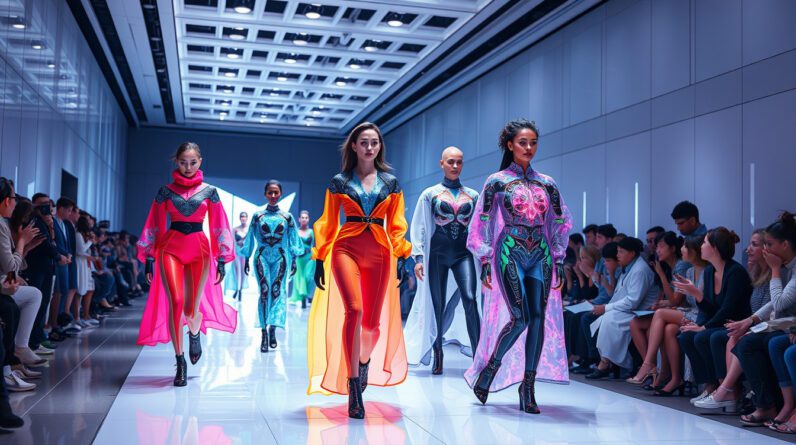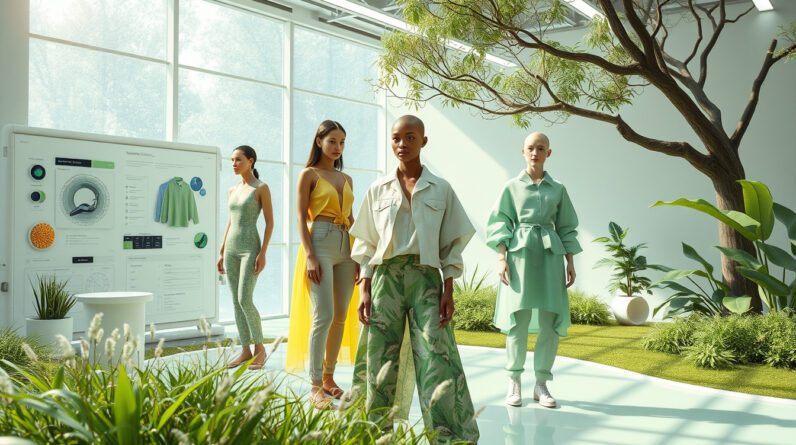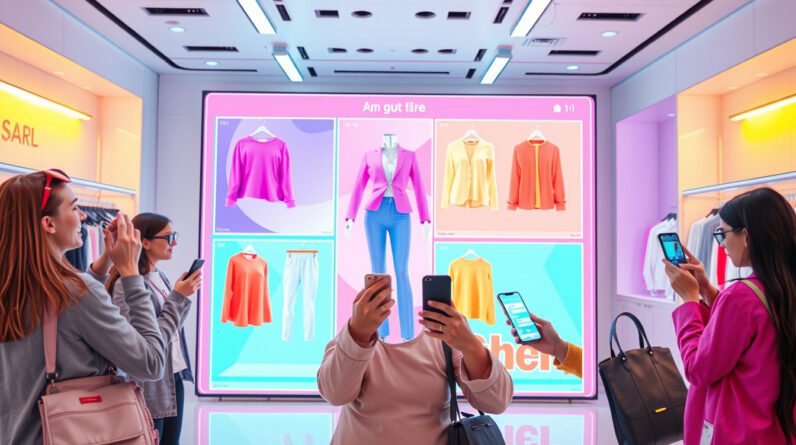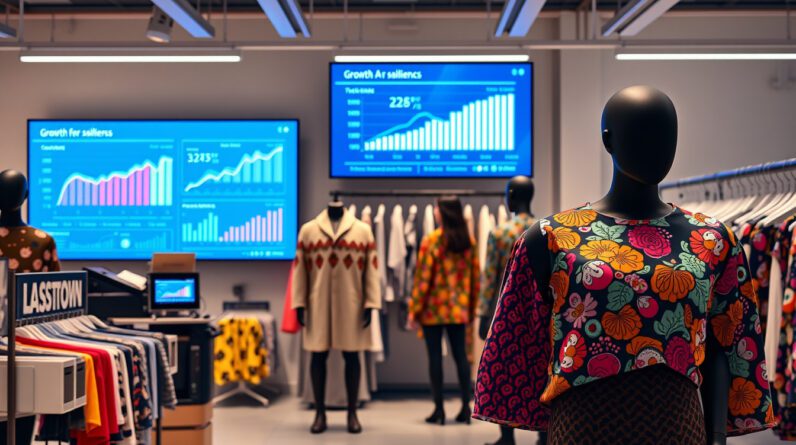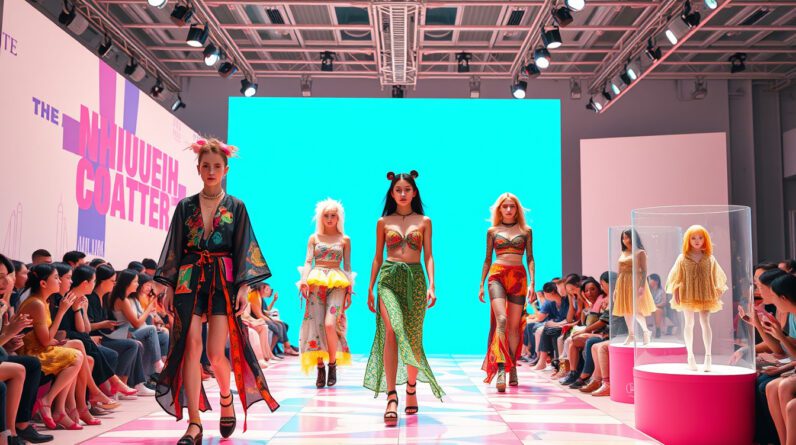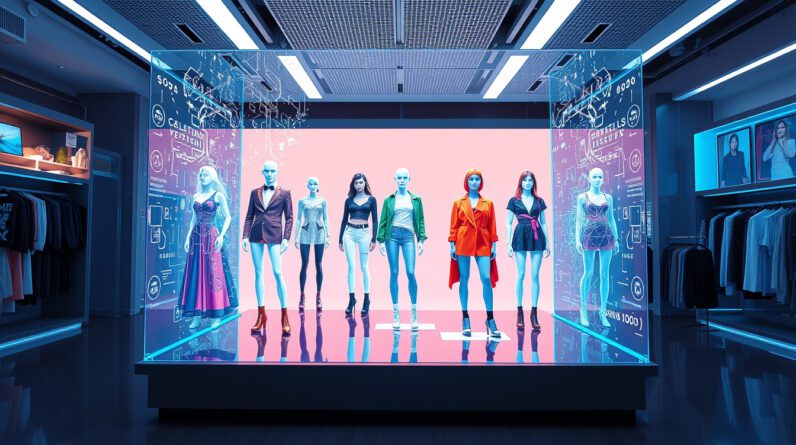
H&M Ventures into AI with Creation of Digital Twins for Fashion Marketing
Swedish Retail Giant Innovates with Generative AI
Swedish retailer H&M has a new plan. It will create 30 digital twins of human models this year. The goal is to find new ways to present the brand’s clothing, shoes, and accessories. Business of Fashion first shared the idea. The digital twins may serve in ads and on social media.
A spokesperson for H&M told PYMNTS about the plan. The spokesperson said, "We want to try new ways to present our fashion and use modern tech while keeping our focus on personal style." The plan is not final.
Ethical Considerations and Model Rights
H&M will let real models keep control of their digital twins. The models will keep the rights to use their digital likenesses. They will get paid fairly. They can even let other brands use their digital images. AI-made images will carry watermarks that mark them as artificial.
The company does not know all the effects of this plan. Photographers, stylists, and make-up artists may feel the change. Gleb Tkatchouk from the AI image maker Arta said the plan might speed up ad work and cut costs. He said it may also give more room for creative ideas. Some ideas might be hard or even impossible with real models.
The Emotional Impact of AI Models
Some people ask if AI models can connect with viewers like real faces do. Tkatchouk warned that the true charm may be lost with AI images. Many buyers want to see real people in lifestyle ads.
The plan does pay models and lets them keep rights over the digital version. As more brands use AI, clear rules must be set for digital likeness rights and use.
The Broader Scene of AI in Fashion
H&M is not the only brand using AI in ads. Other brands have tested AI models. In July 2023, Mango used AI models for a small clothing line. Many people commented online. They worried about job losses in fashion.
Levi’s mixed AI models with real ones. This mix shows their hope to include all body types and skin colors. The brand said the digital models will not replace real models. They will add to the mix of models.
As technology meets human work in fashion, many questions grow. Saige Thomas from Texas Fashion Week said that AI should add new ideas, not replace people. Thomas said, "AI in fashion is about pushing new ideas. We must pay models fairly for their work."
Conclusion
H&M starts a plan to create digital twins. The idea fits a trend in AI and fashion. The plan is fast and exciting. It also brings up many questions about tech, rights, and the role of people in fashion ads. The mix of tech and real faces will shape how viewers feel.

